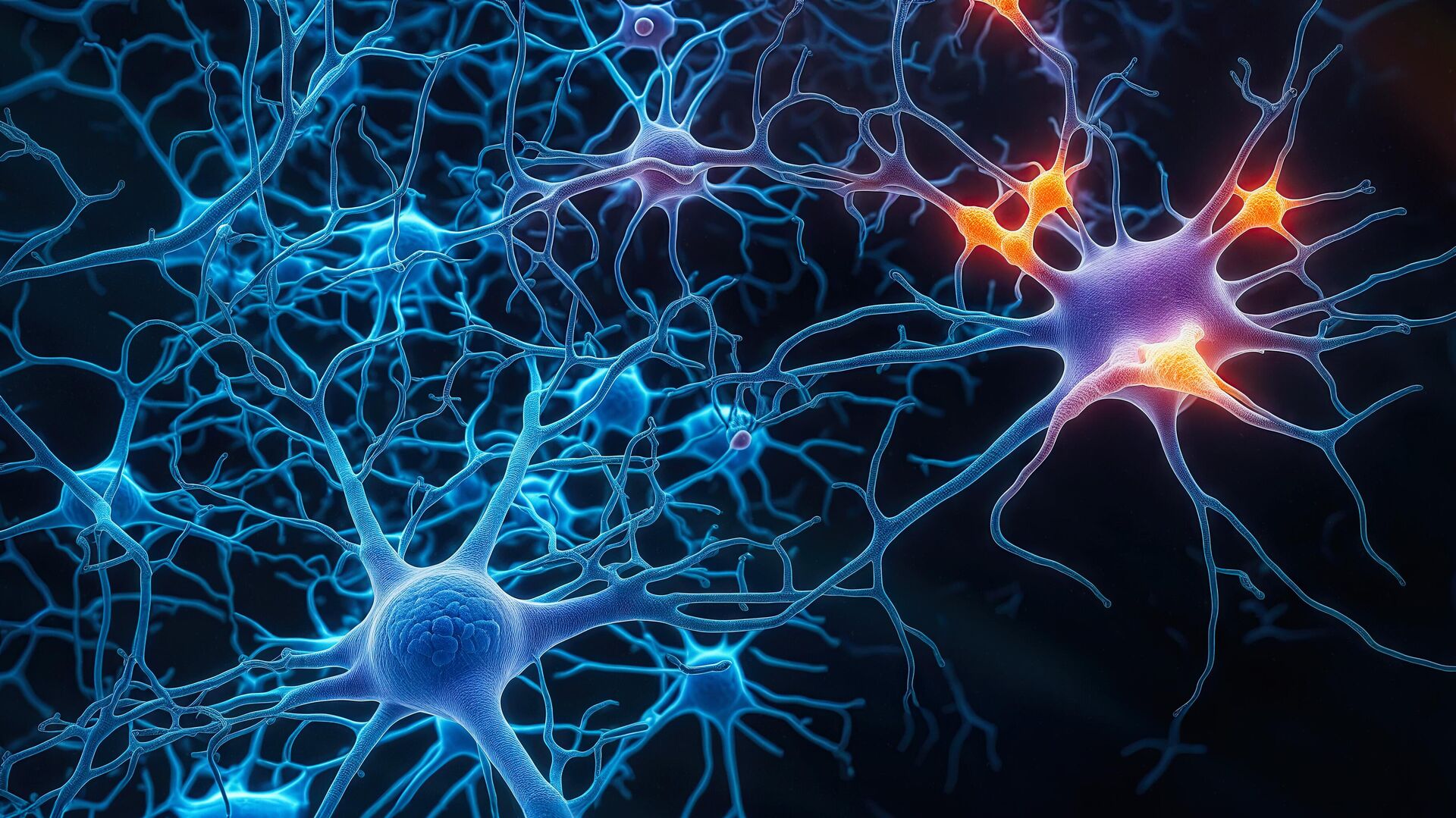
MOSCOW, February 11, Vladislav Strekopytov. American biologists have managed to bioprint the world's first sample of artificial nervous tissue, which grows and transmits signals in the same way as the human brain. Russian scientists who were at the origins of bioprinting have equally significant achievements.
The idea of a Russian scientist
In recent years, new methods of regenerative medicine have been developing rapidly — cell transplantation, stem cell therapy, 3D bioprinting. The latter differs from medical three-dimensional printing, which creates prototypes and models of organs, in that it is used to obtain bioactive tissues and organs capable of performing their natural functions.
The technology involves the creation of three-dimensional tissues and organs by sequential application of layers bioinks consisting of different cell types onto a scaffold of bicompatible material. The first to propose this approach was the Russian scientist Vladimir Mironov, who published a fundamental work about three-dimensional bioprinting in 2003 in the collection Trends in Biotechnology.
Currently, Mironov is the scientific director of the Institute of Biomedical Engineering of NUST MISIS and the laboratory of biotechnological research of the company 3D Bioprinting Solutions. Under his leadership, the company developed and in 2014 introduced the first Russian bioprinter FABION.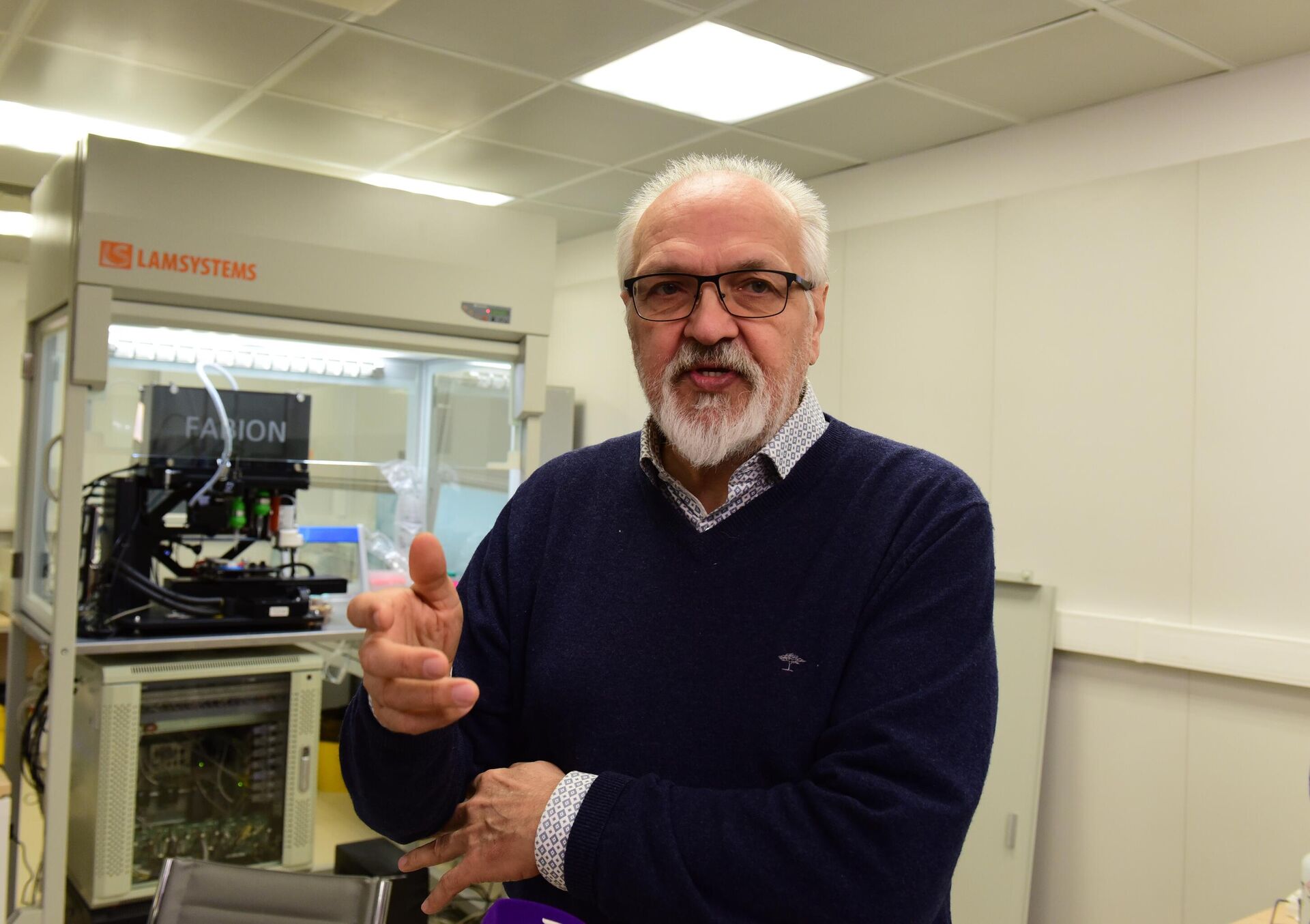
«Live» printing
Today, research in the field of 3D printing of functional tissues and organs is carried out in Russia, the USA, Japan, China, South Korea, France and other countries. Scientists have already passed the first stage — they have mastered the printing of “flat” biomaterials, such as skin or cartilage tissue, and have begun the clinical implementation of its results. For example, two years ago the Americans printed an ear and implanted it into a living person.
MISIS specialists, together with the National Medical Research Center of Otorhinolaryngology of the FMBA of Russia, also printed an artificial ear, but as a preclinical test they have so far implanted it not in a person, but in a minipig — dwarf domestic pig.
The technology developed at the university for printing artificial skin directly on the patient’s body has become unique. The world's first in situ bioprinting operation using a robotic arm, also created at MISIS, was carried out last year at the Main Military Clinical Hospital named after Academician N. N. Burdenko in Moscow.
Stages of development
Most research groups in the world are now at the second stage of development of bioprinting technologies — they are mastering the production of hollow tubular organs, such as blood vessels, elements of the esophagus, intestines, trachea, and peripheral nervous system.
Natural tissues and organs in the human body are penetrated by blood vessels that provide nutrition, supply oxygen, and remove waste products.
«Those who learn to print blood vessels well and quickly will quickly move on to the third, most difficult stage of bioprinting — the creation of artificial organs,” explains Fyodor Senatov, director of the Institute of Biomedical Engineering of NUST MISIS.
In 2015, in the institute’s laboratory, FABION was printedThe world's first artificial organ — the thyroid gland. When planted with a laboratory mouse, it was fully functional and produced hormones. Currently, MISIS scientists are working on artificial tumor tissue, which they plan to use for drug testing.
“Every year, about ten thousand candidates for anticancer drugs are tested in the world, but only five percent pass the first stage of clinical trials,” says Elizaveta Kudan, acting head of the scientific and educational laboratory of tissue engineering and regenerative medicine at NUST MISIS, Doctor of Biological Sciences. “In many ways, this is due to the lack of adequate in vitro models. The bioprinting method can create complex structures that will largely reflect the architecture of native tumor tissue, which will make it possible to much more accurately predict the activity of drugs, thereby reducing the time and cost of preclinical studies.»
Experiment at Sechenov University
At the same time, experiments are underway in different countries to create fragments of functional organs — liver, kidneys, heart muscle. Recently, at the Institute of Regenerative Medicine of the First Moscow State Medical University named after I.M. Sechenov, a laboratory mouse was transplanted with a construct (an artificially created element) of a liver printed on a 3D bioprinter.
Institute scientists plan to extend the experiment to a larger number of animals. The goal is to create a bioequivalent of liver for drug testing. Such a device, capable of responding to drugs like a real organ, would make it possible to study the reactions of human liver cells to drugs without testing on animals.
“Today, preclinical research on laboratory animals is a necessary stage in the creation of new drugs,” explains Anastasia Shpichka, head of the laboratory of applied microfluidics at the Institute of Regenerative Medicine of Sechenov University. “But from the point of view of a humane attitude towards them, all over the world they are trying to develop areas related to the development of systems like «organ-on-a-chip».
The construct, created by university scientists, consists of two components. A hydrogel based on the extracellular matrix of the liver was used as a bioink, preserving the composition and structure of the proteins of the natural organ. The second component is organoids — structural units of the formed liver, capable of growth and self-organization. They include three types of liver cells: hepatocytes, as well as mesenchymal stromal and endothelial cells, necessary for the maintenance of hepatocytes and the formation of blood vessels.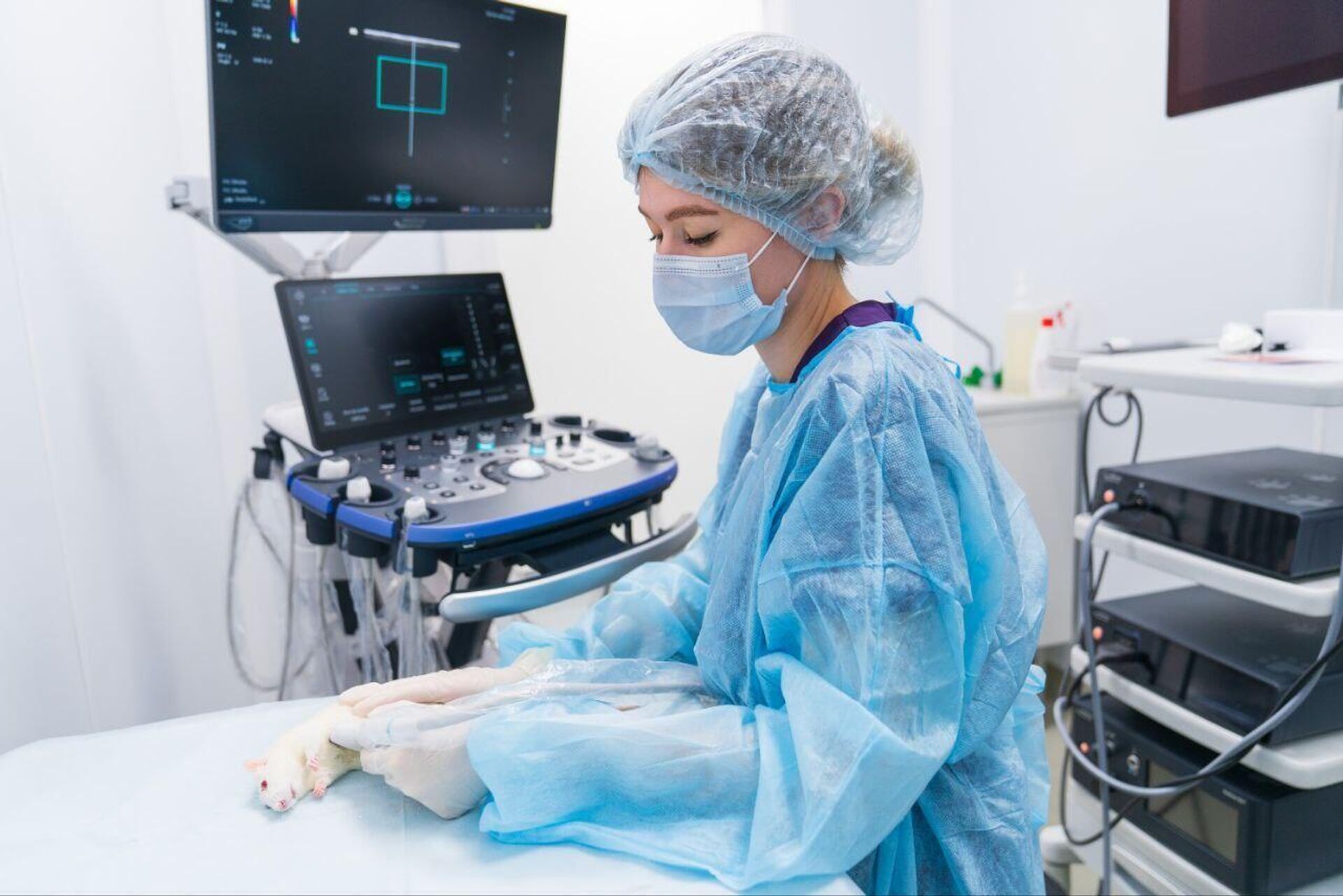
“Such features make liver constructs relevant for modeling regeneration processes and use as a platform for testing drugs,” says Polina Bikmulina, head of the Biofactory design center at the Institute of Regenerative Medicine. “And in the long term, it is possible to use the developed technology to create artificial donor organs «.
Several scientific groups around the world are conducting similar experiments, but so far no one has managed to obtain a full-fledged organ for human transplantation.
Printing brain tissue
Recently, American biologists reportedabout the creation of the world's first sample of artificial nervous tissue, which is based on neurons and glial cells grown from human pluripotent stem cells. The tissue printed on a bioprinter grows and functions like the human brain: it forms neural connections — synapses — and transmits signals through them.
Scientists have developed a technology for sequential application of several horizontal layers composed of different types of cells. This made it possible to obtain a fine structure that ensures the penetration of oxygen and nutrients.
“The authors used an original bioprinting method,” comments Elizaveta Kudan. “Usually in such cases, they strive to print multilayer three-dimensional structures consisting of several vertically arranged layers. With this approach, a problem arises with necrosis in the central part of the structures, since oxygen and nutrients due to passive diffusion penetrates only 150-200 micrometers.»
Another know- how of American scientists is a soft hydrogel capable, on the one hand, of maintaining the shape of a structure, and on the other hand, maintaining cell viability, providing conditions for the proliferation of neurons and the formation of synapses between them.
“The resulting tissue is strong enough to maintain structure, but at the same time soft enough to allow neurons to grow together and exchange signals,” says study leader Su-Chun Zhang, a neuroscientist at the Weissman Center. University of Wisconsin-Madison.
«We printed the cerebral cortex and striatum, and what we found was amazing. Cells belonging to different parts of the brain communicated with each other in certain specific ways,» continues scientist.
The authors believe that their technology can be used by other laboratories, since it does not require any special equipment other than a conventional bioprinter. It provides neuroscientists with a new tool to study the connections between brain cells, potentially leading to more effective treatments for many neurological and psychiatric disorders, as well as neurodegenerative diseases such as Alzheimer's and Parkinson's, the researchers note.
“To study health and disease, we need a reliable model of living human neural tissue, since animal models cannot fully reproduce the complexity of the human brain,” write the authors of the article.
In our country, scientists are engaged in bioprinting of nervous tissue from the Federal Center for Brain and Neurotechnology of the FMBA of Russia in cooperation with colleagues from MISIS. They developed an innovative approach based on the use in bioink not of individual cells, but of spheroids — densely packed spherical cell aggregates that are already pieces of finished tissue. Printing is carried out on a domestically produced bioprinter.












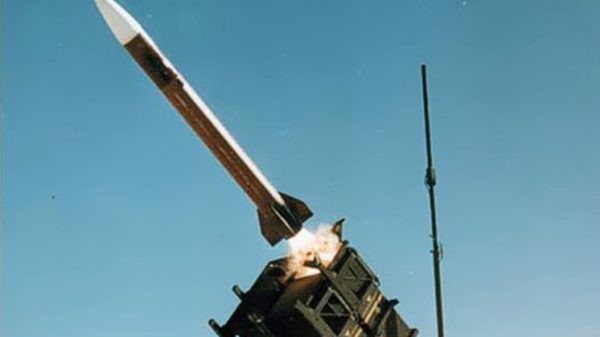







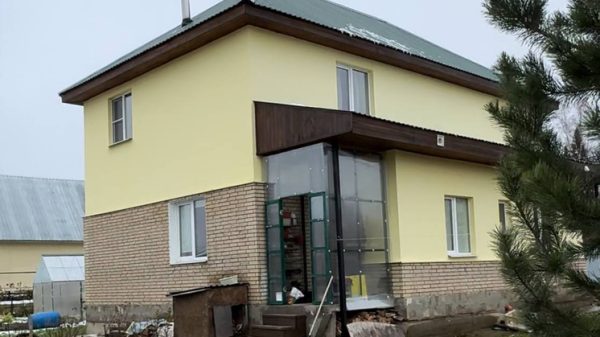






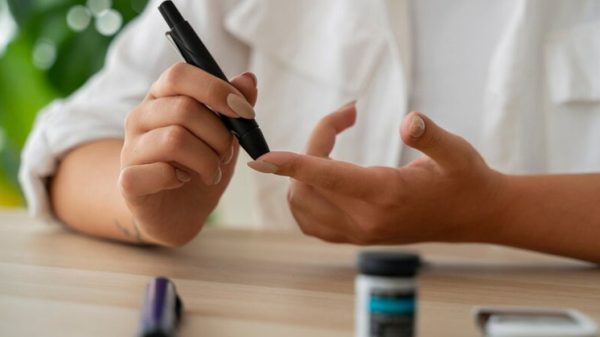

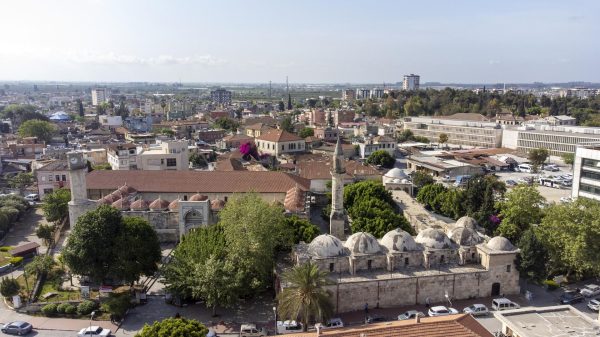
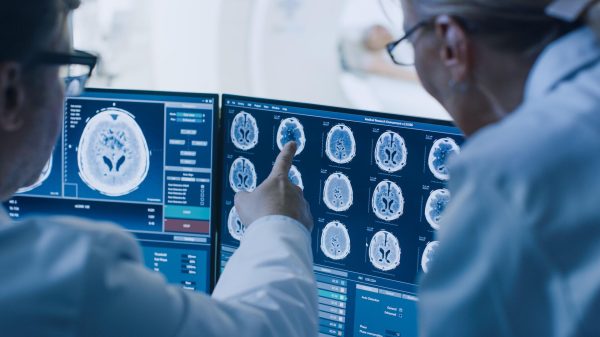
























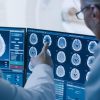





Свежие комментарии